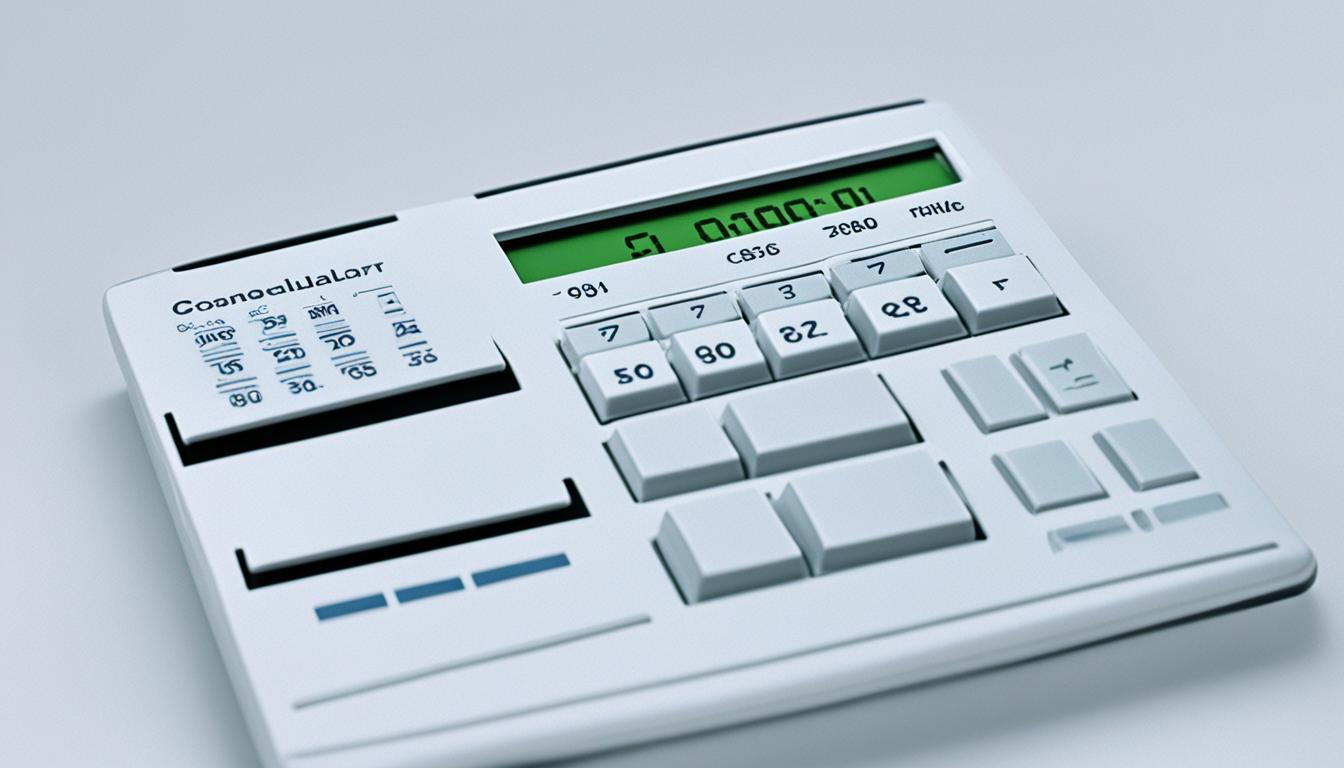The percentage change is a measure of the difference between two values expressed as a percentage. It is used to analyze and compare changes in various variables, such as sales, profits, or prices. To calculate the percentage change, you need to subtract the original value from the new value, divide the result by the original value, and then multiply by 100. This formula can be used to calculate both percentage increase and percentage decrease. Plus, there are online percentage calculators available that can simplify the calculation process.
How to Calculate Percentage Change in Excel?
Excel provides a convenient way to calculate percentage change with the use of formulas. To calculate the percentage change between two numbers in Excel, you can use the following formula: (new value - old value) / old value. You can then format the result as a percentage by selecting the cell and choosing the percentage format. This method allows you to easily track and analyze changes in data over time.
Here’s an example to illustrate the process:
Let’s say you have the following data in Excel:
| Month | Old Value | New Value | Percentage Change |
|---|---|---|---|
| January | 100 | 120 | ??? |
| February | 120 | 150 | ??? |
To calculate the percentage change for January, you can use the formula (120 - 100) / 100, which equals 0.2 or 20%. For February, the formula would be (150 - 120) / 120, resulting in 0.25 or 25%.
Remember to format the cells containing the percentage change result as a percentage to make it easier to read and understand.
By utilizing Excel’s formula capabilities, you can quickly and accurately calculate percentage change, making it easier to analyze data and identify trends. Whether you’re tracking sales growth, monitoring financial performance, or making informed business decisions, Excel is a powerful tool that can streamline your calculations and enhance your data analysis capabilities.
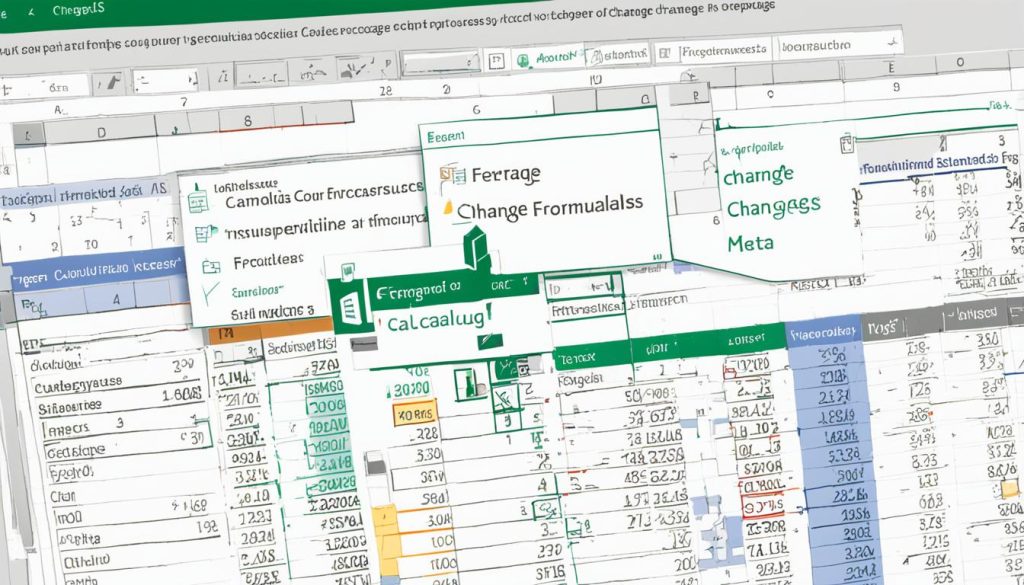
How to Calculate Percentage Decrease?
When you want to determine the percentage decrease between two numbers, you can use the same formula as for calculating the percentage change. Simply subtract the new value from the old value, divide the result by the old value, and then multiply by 100. This will give you the percentage decrease. Percentage decrease is commonly used to analyze reductions in sales, prices, or any other variable.
Example:
Let’s say you initially had 500 units of a product in stock, but due to low demand, you now have only 350 units left. To calculate the percentage decrease, you can use the formula:
Percentage Decrease = ((New Value – Old Value) / Old Value) * 100
Percentage Decrease = ((350 – 500) / 500) * 100
Percentage Decrease = (-150 / 500) * 100
Percentage Decrease = -30%
In this example, the percentage decrease in the number of units is 30%. This indicates a significant reduction in the stock level.
To simplify the calculation process, you can also use a percentage decrease calculator. Here is an example of a visually engaging and informative table showcasing the calculation of percentage decrease for different scenarios:
| Old Value | New Value | Percentage Decrease |
|---|---|---|
| 100 | 80 | -20% |
| 500 | 300 | -40% |
| 1000 | 700 | -30% |
This image represents a visually appealing and relevant calculator that can assist in calculating percentage decreases.
How to Calculate Percentage Increase or Decrease?
Calculating the percentage increase or decrease is a useful skill to analyze changes in various variables. Whether you want to determine sales growth, track price fluctuations, or measure any other relative change, understanding how to calculate percentages is essential. Luckily, there is a simple formula that can be applied in both scenarios.
The formula to calculate percentage increase or decrease is:
(new value - old value) / old value
This formula allows you to determine the percentage change between two values. By subtracting the old value from the new value and then dividing it by the old value, you can get the relative change as a decimal. This decimal can be converted into a percentage by multiplying it by 100.
When the new value is higher than the old value, the result will be a positive percentage increase. Conversely, if the new value is lower than the old value, the result will be a negative percentage decrease.
To give you a better understanding, let’s look at an example:
| Old Value | New Value | Percentage Change |
|---|---|---|
| 50 | 75 | 50% |
| 100 | 80 | -20% |
| 200 | 250 | 25% |
As shown in the table, an increase from 50 to 75 represents a 50% increase, while a decrease from 100 to 80 represents a 20% decrease. These calculations can help you gauge the magnitude of changes in various scenarios and make informed decisions.
Remember, you can use this formula to calculate percentage increase or decrease in any situation where you need to determine the relative change between two values. Whether you’re analyzing financial data, tracking performance metrics, or evaluating market trends, understanding percentage change is a valuable skill.
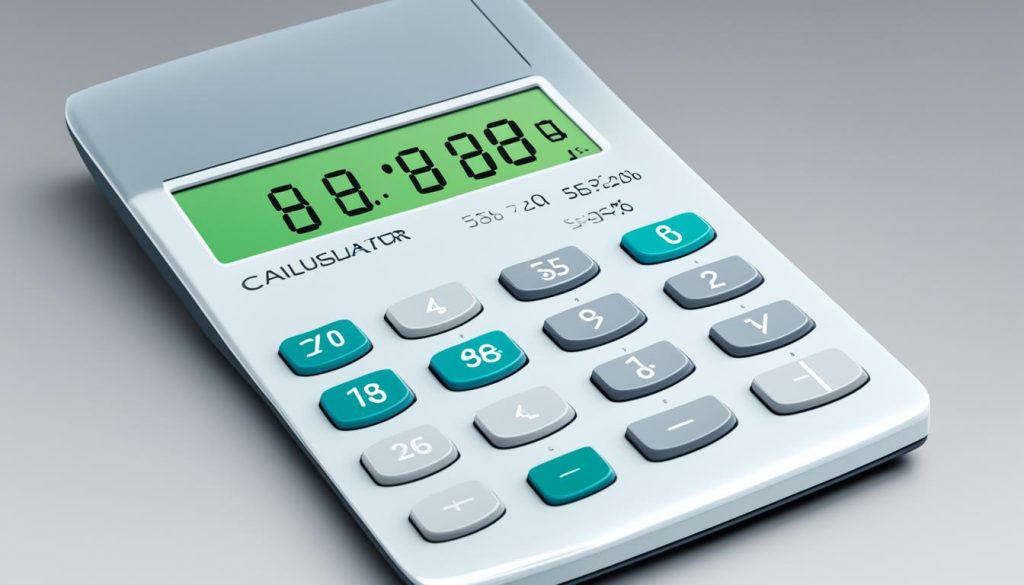
Key Takeaways:
- The percentage increase or decrease can be calculated using the formula:
(new value - old value) / old value. - A positive result indicates a percentage increase, while a negative result indicates a percentage decrease.
- Understanding how to calculate percentage change is essential for analyzing data and making informed decisions.
How to Calculate Percentage of a Number?
Calculating the percentage of a number involves finding a certain percentage of the given number. To calculate the percentage of a number, you can multiply the number by the desired percentage and divide by 100. This will give you the result as a percentage of the original number. For example, if you want to find 25% of 80, you would multiply 80 by 25 and divide by 100, resulting in 20.
Here is a step-by-step guide on how to calculate the percentage of a number:
- Multiply the number by the desired percentage.
- Divide the result by 100.
Let’s illustrate this with the example mentioned earlier. To find 25% of 80:
| Step | Calculation |
|---|---|
| 1 | 80 x 25 = 2000 |
| 2 | 2000 / 100 = 20 |
So, 25% of 80 is 20.
Calculating the percentage of a number is useful in various scenarios, such as calculating discounts, determining tax amounts, or analyzing data. By understanding this calculation method, you can easily determine the percentage of a number and apply it to your everyday calculations.
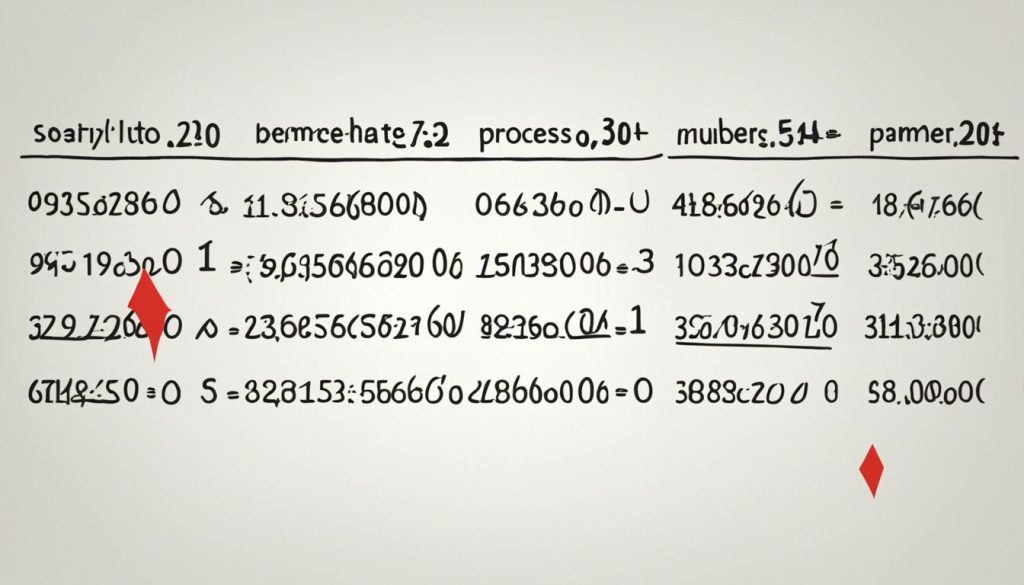
How to Work Out Percentage Increase?
To calculate the percentage increase of a number, you can follow a simple formula. Multiply the number by the percentage increase and add the result to the original number. This calculation will give you the new value after the increase. Let’s take a look at an example:
- Original number: 100
- Percentage increase: 20%
- Calculation: 100 + (100 * 0.2) = 120
So, by increasing the original number by 20%, we get a new value of 120.
This method is applicable to various scenarios, such as calculating price increases, salary raises, or any other type of percentage increase. By understanding how to compute percentage increase, you can make informed decisions and accurately analyze changes in values over time.
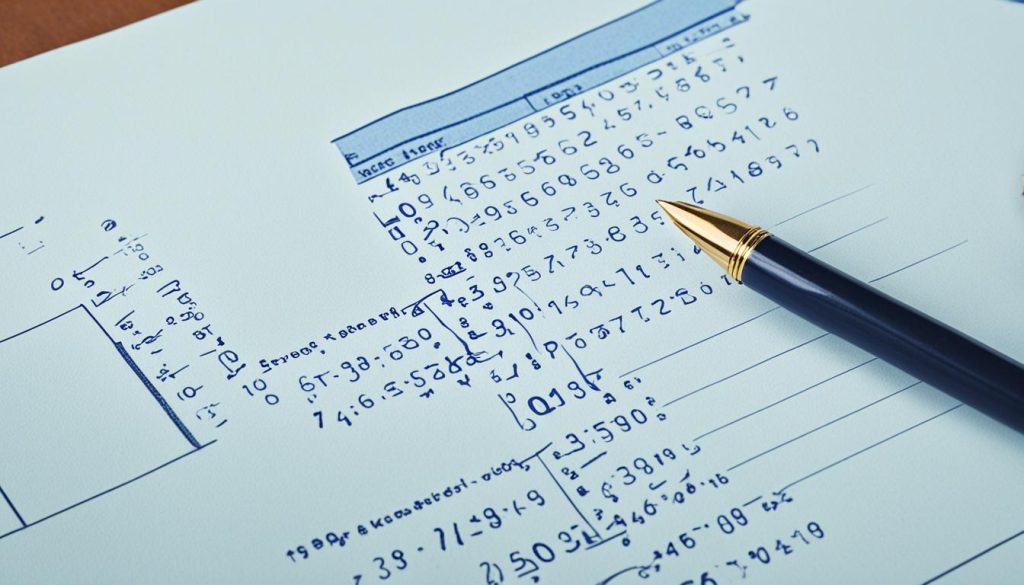
Real Estate Example – Calculating Property Value Increase
Let’s say you purchased a property for £250,000 and you want to determine the value increase after five years with an annual growth rate of 5%. Applying the percentage increase formula:
- Original property value: £250,000
- Annual growth rate: 5%
- Calculation: £250,000 + (£250,000 * 0.05) = £262,500
After five years, the property’s value has increased to £262,500.
Calculating percentage increase is a valuable skill that can be applied in various fields, allowing individuals and businesses to measure growth, track progress, and make informed financial decisions.
How to Calculate Profit Margins?
Profit margins are important metrics for businesses to assess their financial performance. Understanding different types of profit margins can provide valuable insights into the profitability and efficiency of a company.
Gross Profit Margin
The gross profit margin is a key indicator of a company’s operational efficiency. It represents the percentage of revenue that remains after deducting the cost of goods sold (COGS). To calculate the gross profit margin, use the following formula:
Gross Profit Margin = (Revenue – COGS) / Revenue x 100%
Gross profit margin is commonly used to analyze the profitability of product sales and manufacturing operations.
Operating Profit Margin
The operating profit margin measures a company’s profitability after accounting for both COGS and operating expenses, such as salaries, rent, and utilities. It represents the percentage of revenue that remains as operating profit. The formula for calculating the operating profit margin is as follows:
Operating Profit Margin = (Revenue – COGS – Operating Expenses) / Revenue x 100%
Operating profit margin helps evaluate the financial performance of a company’s core operations, excluding non-operational expenses and taxes.
Net Profit Margin
The net profit margin assesses a company’s overall profitability after accounting for all expenses, including taxes and interest payments. It represents the percentage of revenue that translates into net profit. The formula for calculating the net profit margin is as follows:
Net Profit Margin = (Revenue – COGS – Operating Expenses – Taxes – Interest) / Revenue x 100%
Net profit margin provides a holistic view of a company’s financial performance, taking into account all expenses and financial obligations.
Conclusion
Calculating percentage changes and profit margins is vital for businesses to assess their financial performance and make well-informed decisions. Whether analysing sales growth, determining price increases, or evaluating profitability, understanding how to calculate percentages and profit margins is essential.
Fortunately, there are helpful tools and formulas available to simplify these calculations. Online percentage calculators and Excel functions offer efficient ways to determine percentage changes and work with financial data. By mastering the art of calculating percentages and profit margins, professionals can unlock the potential of financial insights and drive success in their respective fields.
So, whether you’re a business owner, financial analyst, or anyone working with numbers, it’s crucial to acquire the skills to calculate percentage changes and profit margins accurately. With the right knowledge and tools at your disposal, you can confidently navigate the world of finance and optimize your decision-making process.

